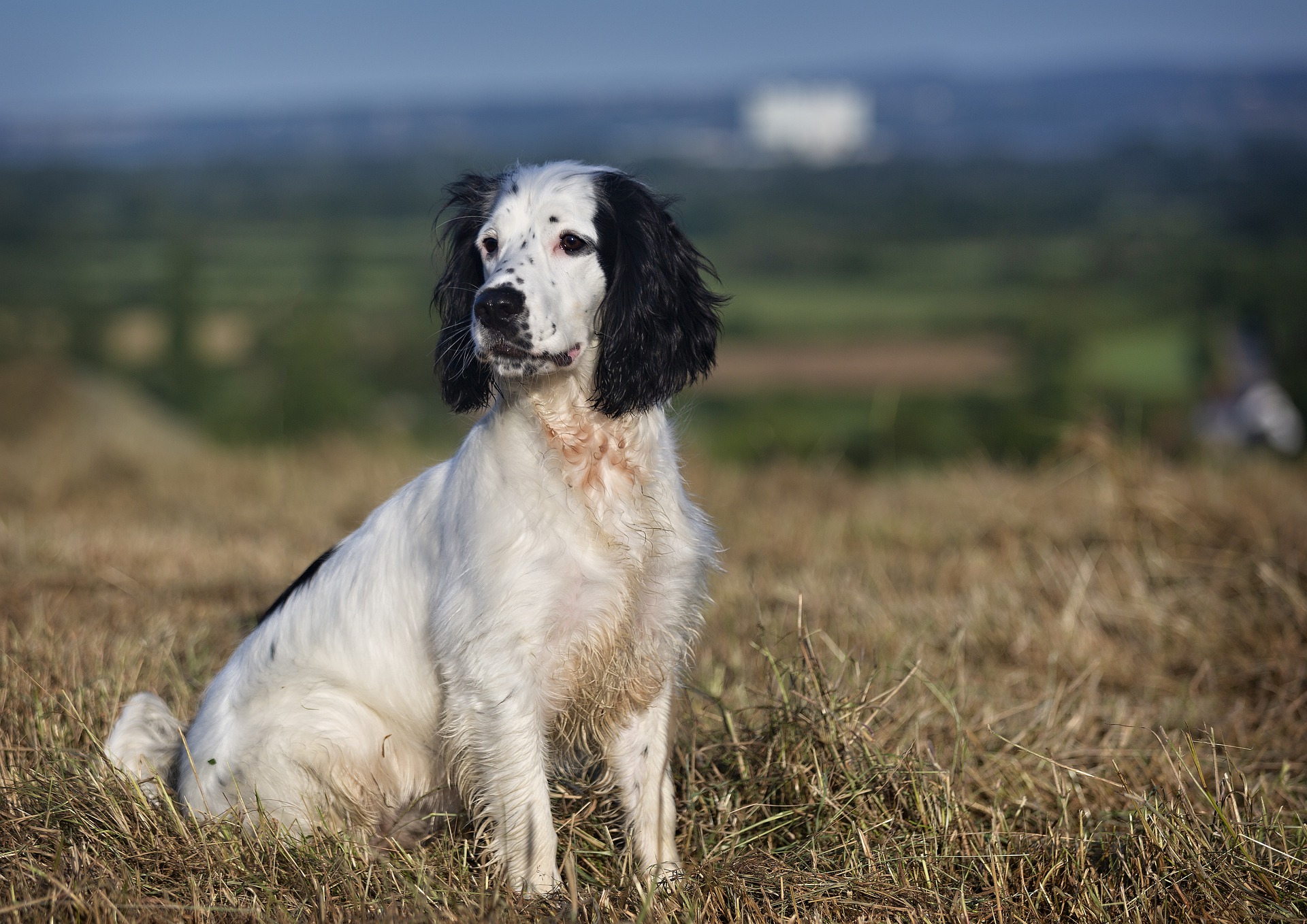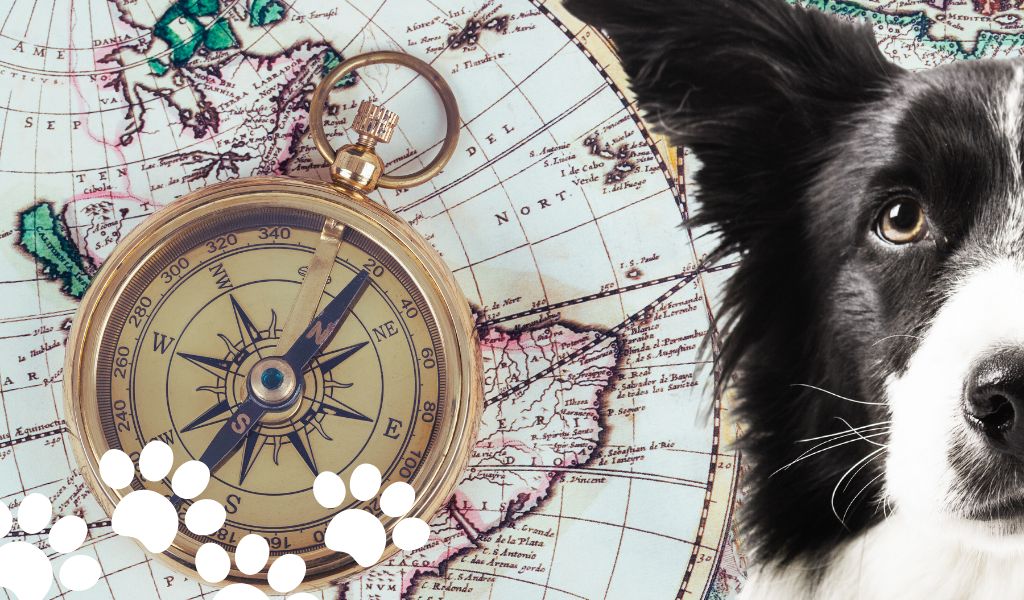Getting a spaniel to sit at a distance is an important command and discipline to master as the majority of your work in the field will be ‘at a distance’ when your spaniel is not by your side.
This activity builds upon the ‘hup or sit’ command that is covered here, and is just another step in the dog’s learning.
Why the sit at a distance is important
It is really important to work at this with your spaniel for, if you can’t get a gundog to sit at distance then you’ll struggle to have any control over him when he is any distance away from you.
Most of your spaniel‘s work will be at a distance and, if you can’t control him then he’ll quickly realise that this is your weakness and he’ll take advantage of it.
It is relatively simple to get your spaniel puppy to sit at a distance and you can be successful with this in quite a short period of time.
If you have your puppy sitting to command and hand signal at food times then the next step is quite easy to progress to and your dog will have little, if any difficulty in grasping the lesson.
But, you need to be careful.
If you have a sensitive spaniel (and nowadays a lot of them are really soft) then you will frighten him if you are heavy handed.
You need to be patient, take your time and persevere with this exercise.
If you have no success after two or three times, then forget it for that day and do something else.
Cocker spaniels can be tricky at first to work with when getting them to sit at a distance and, at times, you’ll think that they just don’t get it.
Cockers can be really good at crawling on their bellies when you try this, whereas other spaniel breeds may be a bit more ‘co-operative’. So, be patient and take your time.

How To Train A Dog To Sit At A Distance
Take your puppy, dog to your chosen training area on his lead and let him have a run around for a few minutes, call his name, make a fuss of him, throw his dummy or ball for a retrieve and praise him.
A note on dummies – canvas dummies are best for your spaniel.
They are soft and won’t hurt his mouth, they float and are hardwearing.
They also hold scent well, which is an important consideration for spaniel training – we want him to use his nose more than his eyes.
Set the scene for a happy and pleasurable time with your puppy.
After a few moments of having a good time, call your puppy to you and make him sit or hup in front of you, giving your vocal command and the raised hand signal.
When he sits take two steps backwards, still facing him.
Stop for a second and then walk back to him, bend down and give him lots of exaggerated praise.
This exercise should be quite easy for you to do, but, if you do have difficulty, and your puppy gets up and comes towards you, then try again carefully.
If you still struggle then stop for the day and re-visit your basic ‘sit/hup’ command and make sure that the puppy complies with the command when told.
Every day now, when you go out for exercise with the puppy, work on this activity.
Gradually increase the amount of steps that you can take backwards until you reach twenty paces.
When you can do this without the puppy getting up, fidgeting, crawling on his tummy or trying to come to you then you know that you are making great progress.

Adding some polish to the exercise
When we start this exercise we need to resist the temptation to keep our hand up.
Give the ‘hup’ command using the voice and hand signal, then, put your hand down.
Don’t retreat with the hand raised, keep it down and, if the puppy should get up, then take a few steps forward, raise the hand and give the ‘hup’ command.
By keeping your hand down you provide yourself with a way of reinforcing the command if the puppy makes a mistake.
If you were to keep your hand raised, then, if the puppy does make a mistake, you give yourself nothing to fall back on, as your hand is already raised.
While you are progressing with this exercise, at some point, it is highly likely that your dog will get up and try to come to you.
When he does, just follow the last step and keep working on this until you can retreat without him fidgeting.
As you progress you will find that you dog gets up, just take a couple of paces back towards him and, in a low gruff voice, repeat the hup command, give the hand signal and this will normally be enough for the puppy to sit down again.
Once he has done this successfully for the day, end this exercise and do something else.
By repeating the exercise every time we go out with the dog we are simply trying to reinforce his understanding of what we want in a pleasant way.
At no point should you shout or hit your puppy, you’ll just frighten him and he won’t understand.
Just be calm and take your time. If it isn’t working one day then take a break and do something different, or just go for a walk.
Be consistent
Sometimes the puppy will get up and walk towards you when you are returning to him.
If he does then you need to issue your command in a gruff tone with the hand signal and stand still, return to him when he sits and praise him.
If you struggle with this then sometimes we may need to take another step.
Gently take the puppy by the scruff of the neck and gently take him back to the spot where he should be sat down, repeat the hup command and get him to sit on the spot where he got up from.
This helps the puppy to associate his action with the spot where he should be carrying it out.
You’ll need to be consistent with this but, if you are and are careful not to scare the puppy, he will get the idea quickly.
Call Your Puppy With The Recall Whistle
Once your puppy is sitting reliably at distance and you are able to walk backwards twenty paces, and return to him, without him getting up, then you are ready for the next step.
Make him ‘hup’ as before and walk backwards for your twenty paces, then, instead of returning to him, call the puppy to you by using the recall whistle.

The first time you do this he’ll probably hesitate.
For a while you’ve been asking him to sit and stay sat while you’ve walked away and then gone back to him – so, if he has brains then he’ll question you in this action.
So, you’ll have to encourage him up to you and praise him when he comes.
Final Words
From now on, when you are training or out exercising, only call the puppy to you once out of every three or four occasions when you have him sat at a distance.
If you call him to you too frequently then you’ll quickly unsteady him and you’ll have to re-visit the basics of sitting at a distance.
Keep the puppy interested and do this exercise as part of other activities.
Sitting at a distance may seem like a chore and you may have to spend some time getting this right with your puppy, but it is a vital exercise for spaniels.
You need to get this one covered off well before we can move onto more exciting exercises.




